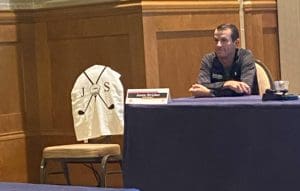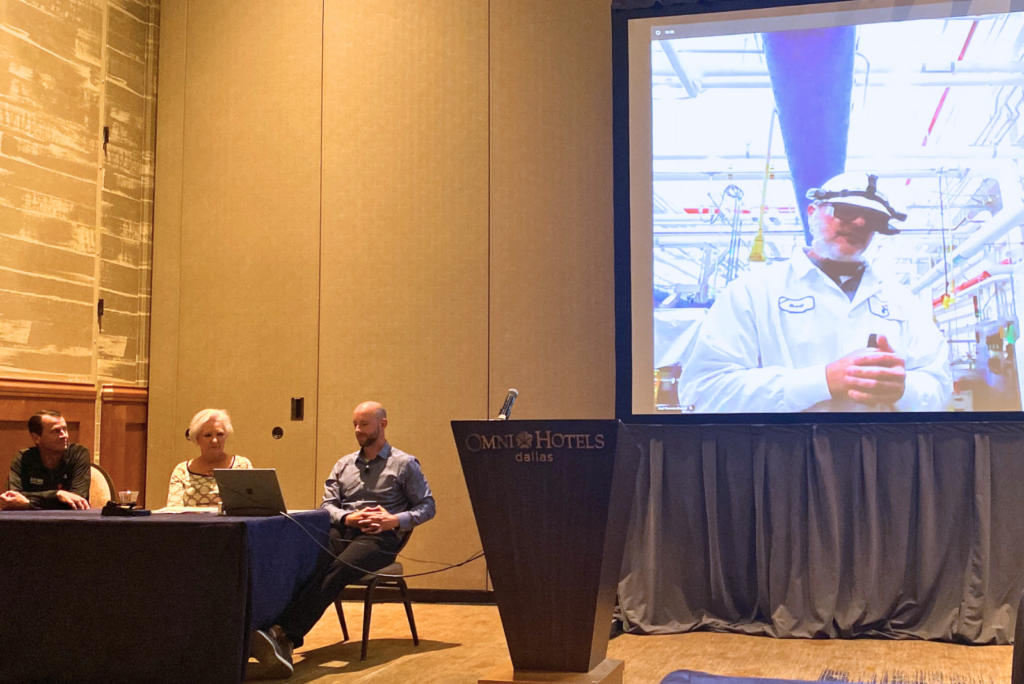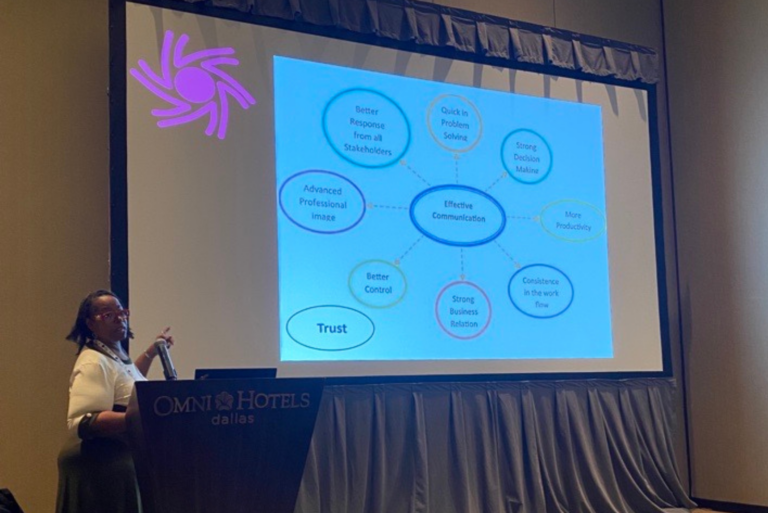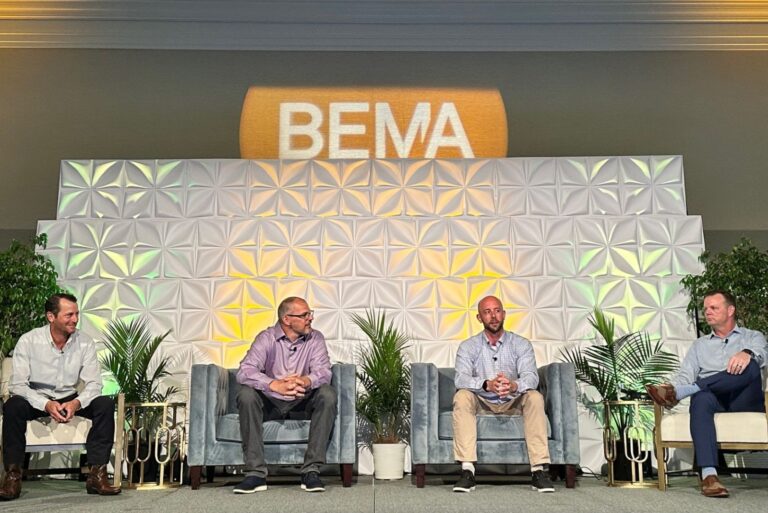DALLAS — Education session attendees at NEXUS, powered by BEMA and the American Bakers Association (ABA) and held September 25-28, got a live look at RealWear technology in action.

During RealWear: The Baking Industry Use Case, presented by the Baking Industry Forum, attendees heard from Justus Larson, senior director of operations at United States Bakeries; Mike LaValle, corporate account manager at Intralox; and Kris McCarty, VP of sales, Americas at RealWear about the wearable tech and its various applications. Karl Thorson, global food safety and sanitation manager at General Mills, joined the session virtually from one of the company’s Minneapolis facilities to showcase RealWear’s Head Mounted Tablet (HMT) capabilities in real time. The panel also reserved a seat in honor of Jason Stricker, who passed away earlier this year and, according to LaValle, was integral to the creation of this education session.
On the bakery side, HMT’s integration with Microsoft Teams allows for additional accessibility on the factory floor. With the device’s hands-free nature and voice commands, the technology allows for enhanced worker safety, reduced downtime and errors, and improved access to info.










